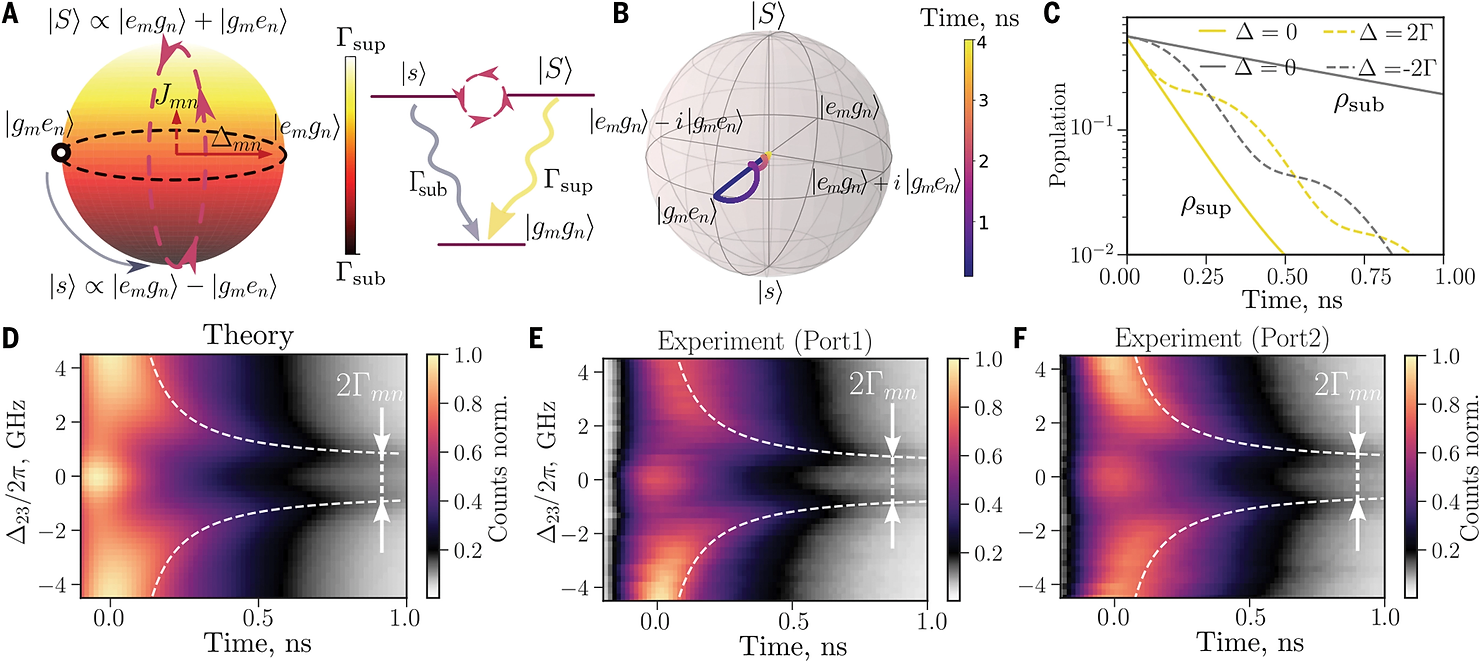A persistent challenge in quantum research has been overcome by scientists at the University of Copenhagen in collaboration with Ruhr University Bochum. They have successfully achieved control over two quantum light sources simultaneously—a feat previously limited to just one.
This breakthrough might appear modest to those outside the realm of quantum mechanics, but it marks a pivotal moment in the field. By enabling the creation of quantum mechanical entanglement, this advancement opens the door to transformative commercial technologies.
The ability to control two quantum light sources is a cornerstone of quantum physics. Stable quantum light sources and the realization of entanglement—where two light sources can influence each other instantaneously, even across vast distances—are critical for building quantum networks. Entanglement underpins the development of efficient quantum computers and next-generation encryption methods.

The findings, recently published in journal Science by researchers at the Niels Bohr Institute, highlight the significant implications of this advancement.
Professor Peter Lodahl, one of the lead researchers, emphasized that this achievement represents a major step toward the practical application of quantum technologies, including quantum computing, secure encryption, and an entirely new internet framework.
“We can now control two quantum light sources and connect them. It might not sound like much, but it’s a major advancement and builds upon the past 20 years of work. By doing so, we’ve revealed the key to scaling up the technology, which is crucial for the most groundbreaking of quantum hardware applications,” says Professor Lodahl, who has been researching in this area since 2001.
Related Stories
This innovation happens on a nanochip, barely larger than a human hair, developed by the researchers over recent years.
Professor Lodahl’s group focuses on quantum technology using photons, light particles, to transport quantum information. Despite being a leader in this field, they could only control one light source at a time until now due to the sensitivity of these sources to external noise. The new research has succeeded in creating two identical quantum light sources.
“Entanglement means that by controlling one light source, you immediately affect the other. This makes it possible to create a whole network of entangled quantum light sources, all of which interact with one another, and which you can get to perform quantum bit operations in the same way as bits in a regular computer, only much more powerfully,” explains postdoc Alexey Tiranov, the lead author of the article.

A quantum bit can be both a 1 and 0 simultaneously, leading to processing power far beyond today’s computer technology. According to Professor Lodahl, 100 photons from a single quantum light source contain more information than the world’s largest supercomputer can process.
Using 20-30 entangled quantum light sources could potentially build a universal error-corrected quantum computer—the ultimate “holy grail” of quantum technology. Large IT companies are investing billions in this pursuit.
The biggest challenge was moving from controlling one to two quantum light sources, which required developing extremely quiet nanochips and precise control over each light source. Now, with this breakthrough, the fundamental quantum physics research is established. The task now is for other entities to build upon this work and apply quantum physics to technologies like computers, the internet, and encryption.

“It is too expensive for a university to build a setup where we control 15-20 quantum light sources. So, now that we have contributed to understanding the fundamental quantum physics and taken the first step along the way, scaling up further is very much a technological task,” says Professor Lodahl.
The research was conducted at the Danish National Research Foundation’s “Center of Excellence for Hybrid Quantum Networks (Hy-Q)” and is a collaboration between Ruhr University Bochum in Germany and the University of Copenhagen’s Niels Bohr Institute.
Note: Materials provided above by the The Brighter Side of News. Content may be edited for style and length.
Like these kind of feel good stories? Get the Brighter Side of News’ newsletter.
The post Danish researchers redefine quantum mechanics with major discovery appeared first on The Brighter Side of News.